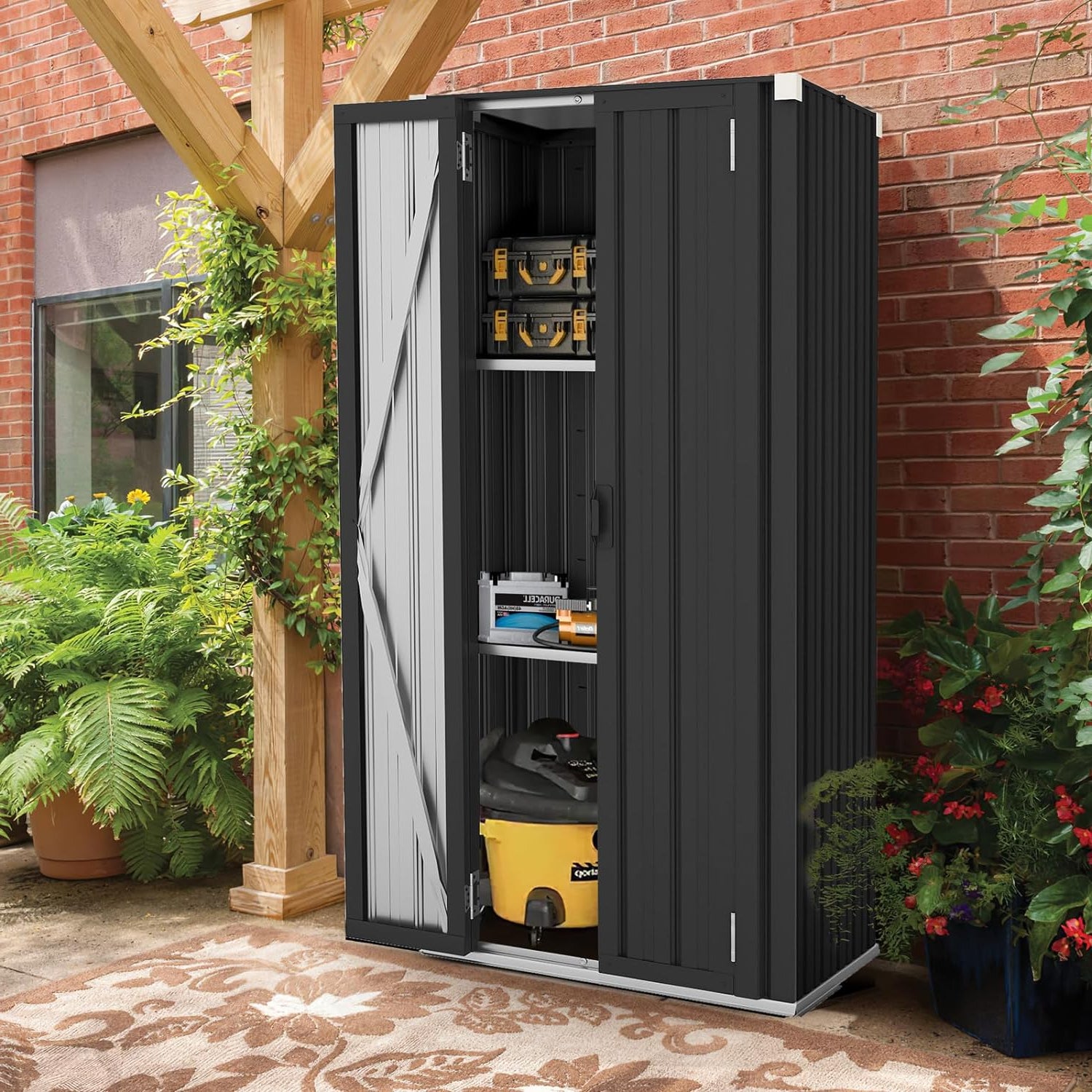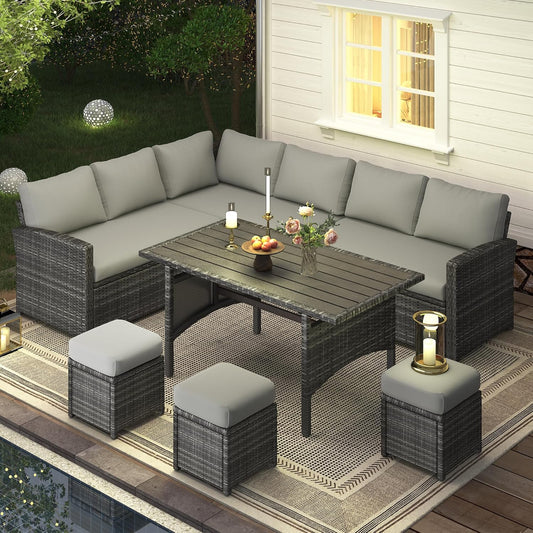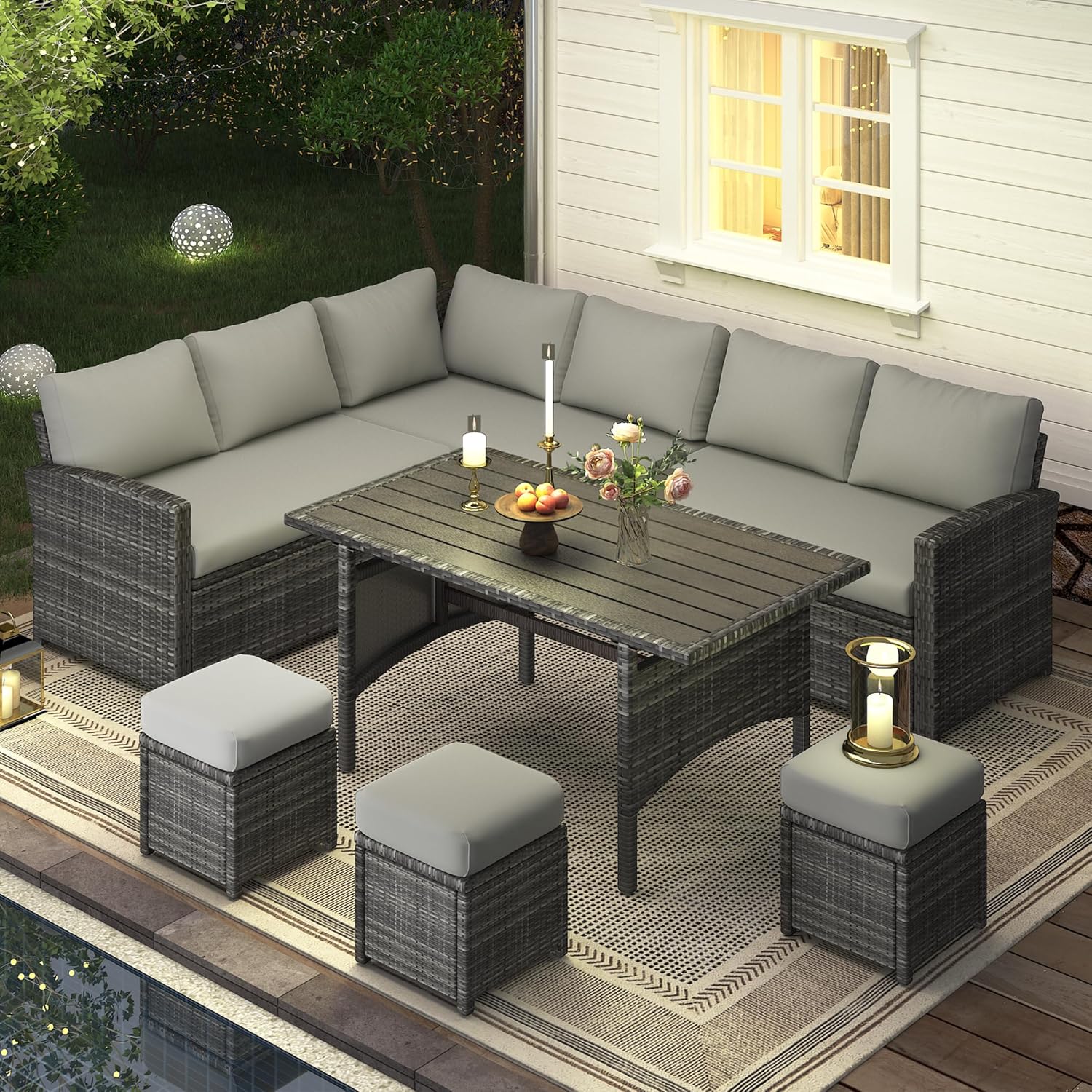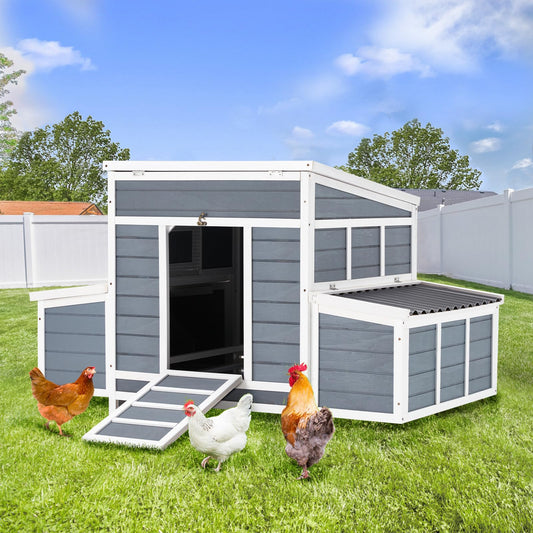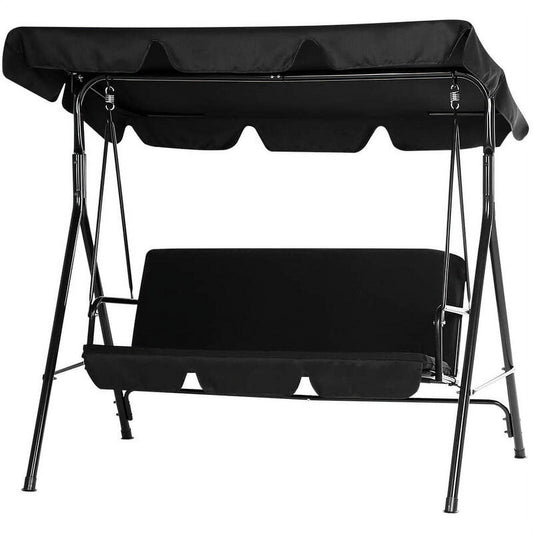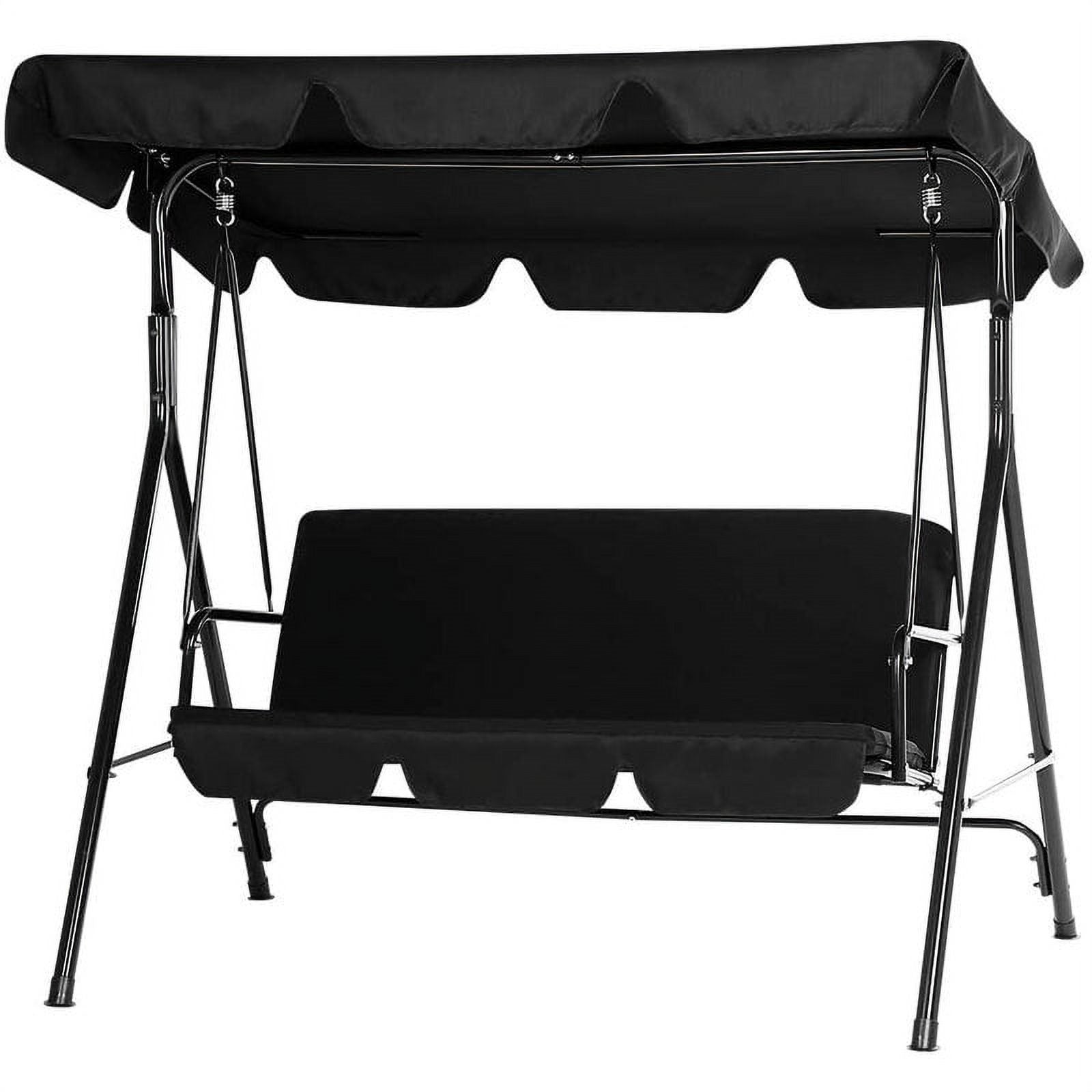Let’s be real—sofa beds are super useful, but too many of them feel like sleeping on a board. Whether you have a large sofa bed for hosting guests, a cozy lazy sofa bed for napping after work, or a basic one that doubles as a couch, you’ve probably thought, “Is there a way to make this more comfortable?”
The good news is you don’t have to buy a brand-new most comfortable sofa bed to fix the problem. With simple, affordable tweaks, you can turn even the stiffest sofa bed into a cozy spot to sleep. This guide will show you exactly how to make a sofa bed more comfortable—starting with the easiest, most impactful tip first.
Whether you’re prepping for out-of-town guests (who’ll thank you for a good night’s sleep) or want to make your own lazy sofa bed more relaxing, these tips work for every type of sofa bed. Let’s dive in!
1. Add a High-Quality Mattress Topper
If you want to know how to make a sofa bed more comfortable fast, a mattress topper is your best bet. Most sofa beds come with thin, low-support mattresses—they’re designed to fold up easily, not to keep you cozy all night. A good mattress topper for sofa bed fixes this by adding extra cushioning and support, turning a hard surface into a soft one.
First, let’s talk about why this works. Sofa bed mattresses are often 4–6 inches thick, which isn’t enough to absorb pressure from your body. A mattress topper adds 2–4 inches of extra padding, so you won’t feel the metal bars or wooden slats under the mattress anymore. This is a game-changer for large sofa bed models, too—their bigger size means more surface area to cover, and a topper ensures every spot feels consistent.
Not all mattress toppers are the same, though. You need to pick one that fits your sofa bed type and comfort needs. Here’s a breakdown of the best options:
|
Mattress Topper Type |
Best For |
Key Benefits |
|
Memory Foam |
Large Sofa Bed, Regular Sofa Beds |
Conforms to your body, relieves back pain; doesn’t shift around |
|
Lazy Sofa Bed, Guest Sofa Beds |
Soft but supportive; stays cool (great for hot sleepers) |
|
|
Down or Fiber Fill |
Small Sofa Beds, Lazy Sofa Beds |
Fluffy and cozy; easy to fold with the sofa bed |
For example, if you have a lazy sofa bed that you use for short naps or reading, a down-filled topper adds that “sink-in” comfort you want. If you have a large sofa bed that guests sleep on for multiple nights, a memory foam mattress topper for sofa bed is better—it gives long-lasting support, so your guests won’t wake up with a sore back.
When choosing a topper, make sure it fits your sofa bed’s size. A topper that’s too small will slide around, and one that’s too big won’t fold up with the sofa. Most brands label toppers as “sofa bed compatible”—look for that phrase to avoid mistakes.
You can also take an extra step to keep the topper in place: use a non-slip pad under it. This is especially helpful for lazy sofa bed models that you move around often—no more adjusting the topper every time you sit or lie down.
Adding a mattress topper is the fastest way to turn your sofa bed into a more comfortable spot. It’s also affordable, and you can easily remove it when you need to fold the sofa bed back into a couch. Once you try this, you’ll wonder why you didn’t do it sooner!
Now that we’ve covered the easiest tip, let’s move to the next one: fixing the bedding. Thin sofa sheets might seem like a small issue, but they actually make a big difference in how comfortable your sofa bed feels. The YODOLLA Leather Sofa is a practical pick for any space—its easy pull-out design turns into a queen bed for guests, while large hidden storage and 4 side pockets keep essentials tidy, plus USB ports and cup holders add convenience.

2. Use Proper Bedding Instead of Thin Sofa Sheets
Thin, flimsy sofa sheets are a common culprit behind uncomfortable sofa beds. Most sofas come with basic sheets that are too thin to insulate or cushion—they bunch up easily, leave you feeling the hard mattress underneath, and even tear after a few uses. Ditching these for proper bedding is a simple way to make a sofa bed more comfortable, whether it’s your lazy sofa bed for afternoon naps or a large sofa bed for overnight guests.
First, choose the right sheets. Look for sheets with a thread count between 200–400—they’re thick enough to feel soft but not too heavy to fold with the sofa bed. Cotton or cotton-blend sheets are best: they’re breathable, gentle on the skin, and hold up well to regular folding (important for sofa beds that switch between couch and bed mode). Avoid satin or silk sheets—they slide around too much, especially on a memory foam mattress topper for sofa bed.
For a large sofa bed, make sure the sheets fit properly. Oversized sheets might seem like a good idea, but they’ll bunch up when you fold the sofa back. Look for sheets labeled with your sofa bed’s size (e.g., “full-size sofa bed sheets”) to ensure a snug fit. For a lazy sofa bed, which is often smaller or has a more compact design, fitted sheets work better than flat ones—they stay in place even when you shift around while napping.
Don’t stop at sheets—add a thin blanket or comforter too. A lightweight cotton blanket adds extra warmth without making you sweat, and it softens the feel of the sofa bed. For guests staying on a large sofa bed, a small comforter (not too thick!) is a nice touch—just make sure it’s easy to fold and store when the sofa bed is back in couch mode.
Pro tip: Keep a set of bedding specifically for your sofa bed. This way, you don’t have to borrow sheets from your bedroom, and the bedding will stay clean and ready for use. Having dedicated bedding also helps you avoid the “last-minute scramble” when guests arrive—and it makes your sofa bed feel more like a real bed, not just a makeshift one.
With proper bedding, you’ll notice a huge difference right away. No more waking up with sheets tangled around you or feeling the cold mattress through thin fabric—this small switch takes your sofa bed from “meh” to “cozy” in minutes.
3. Invest in Supportive Pillows
Pillows are often an afterthought for sofa beds, but the right ones can make or break how comfortable they feel. Thin, lumpy throw pillows (the kind that come with most sofas) don’t give enough neck or back support—using them to sleep on will leave you with a stiff neck the next morning. Investing in supportive pillows is a cheap, easy way to make a sofa bed more comfortable, whether you’re using a lazy sofa bed for reading or a large sofa bed for a full night’s sleep.
First, pick the right type of pillow. For side sleepers (the most common sleep position), a medium-firm pillow works best—it keeps your neck aligned with your spine. For back sleepers, a softer pillow is better, so your head doesn’t tilt too far forward. If you have a lazy sofa bed that you use for sitting up (like reading or watching TV), add a few lumbar pillows—they support your lower back and prevent slouching, which makes long periods of sitting way more comfortable.
You can also mix and match pillows for extra comfort. Keep 2 supportive sleeping pillows for guests on your large sofa bed, plus 1 lumbar pillow for back support. For your lazy sofa bed, keep 1 sleeping pillow and 2 small lumbar pillows—perfect for switching between napping and sitting.
Pro tip: Look for pillows with removable, washable covers. Sofa beds get used less often than regular beds, but they still collect dust—being able to wash the pillow covers keeps them clean and fresh. This is especially important if you have guests staying over on your large sofa bed.
Supportive pillows don’t just make sleeping on the sofa bed better—they also make it more versatile. With the right pillows, your sofa bed can go from a sleeping spot to a cozy reading nook or TV area in seconds. Maybe you can consider YODOLLA L-Shaped Sleeper Sofa. it pulls out easily into a queen bed for guests, has roomy hidden storage plus 4 side pockets for clutter, and even includes USB ports and cup holders for daily convenience. Next up, we’ll talk about fixing the frame and base of your sofa bed—another key step to making it more comfortable!

4. Improve the Frame and Base Support
Even with a great mattress topper and cozy bedding, a wobbly or weak frame can ruin how comfortable your sofa bed feels. Many sofa beds—especially older or budget models—have frames that sag, creak, or don’t distribute weight evenly. Fixing these issues is key to making a sofa bed more comfortable, whether it’s a large sofa bed that holds multiple people or a compact lazy sofa bed you use alone.
First, check for loose parts. Over time, screws and bolts on the sofa bed frame can come loose from regular folding and use. Grab a screwdriver and tighten any loose hardware—focus on the joints where the frame bends (for pullout styles) and the slats that hold the mattress. This simple step can stop creaking noises and prevent the frame from shifting when you sit or lie down. For a large sofa bed, have someone help you flip the frame over—this makes it easier to reach all the hardware.
Next, fix sagging slats. The slats (wooden or metal bars under the mattress) are a common weak spot. If slats are broken or spaced too far apart, the mattress will sag, and you’ll feel the bars through the bedding. For wooden slats, replace any that are cracked—you can find replacement slats at most home improvement stores. For metal slats, bend them back into place if they’re warped (just be gentle to avoid breaking them).
You can also add extra support between the slats. For a lazy sofa bed (which often has fewer slats), place a thin piece of plywood under the mattress—cut it to fit the sofa bed’s size, and it will distribute weight evenly. For a large sofa bed, use slat spacers (small plastic or wooden pieces) to narrow the gaps between slats—this stops the mattress from sinking through.
If your sofa bed has a spring base instead of slats, check for broken springs. A single broken spring can cause a noticeable dip in the mattress. You can replace individual springs (look for “sofa bed spring replacements” online) or add a layer of quilted padding over the springs to soften the feel.
Improving the frame and base doesn’t just make the sofa bed more comfortable—it also extends its lifespan. A sturdy frame won’t wear out the mattress as fast, so you won’t have to replace parts as often. Once you fix these issues, you’ll notice the sofa bed feels more stable—no more wobbling or sagging when you sit down!
5. Improve Ventilation and Temperature Control
Ever woken up from a sofa bed feeling too hot, too cold, or sweaty? Poor ventilation and temperature control are big comfort killers. Sofa beds (especially those with memory foam mattresses or thick toppers) can trap heat and moisture, making sleep uncomfortable. Fixing this is easy, and it works for any sofa bed—from a lazy sofa bed in a small apartment to a large sofa bed in a guest room.
First, boost ventilation under the sofa bed. If your sofa bed sits directly on the floor, the mattress can’t breathe—moisture builds up, leading to a musty smell and a hot sleeping surface. Place furniture risers under the sofa bed’s legs—they lift the sofa bed 2–4 inches off the floor, letting air circulate underneath. This is especially helpful for large sofa bed models, which have more surface area to trap heat.
Next, choose breathable materials for your mattress topper and bedding. We mentioned cotton sheets earlier, but the same rule applies to other layers. A latex mattress topper for sofa bed is better than memory foam if you sleep hot—latex is more breathable and doesn’t trap heat. Avoid thick, heavy comforters in warm weather—opt for a lightweight linen blanket instead. In cold weather, use a flannel sheet set (they’re warm but not sweaty) and a thin down comforter.
For a lazy sofa bed that’s placed near a window, use curtains or blinds to control sunlight. Direct sunlight can heat up the mattress during the day, making it too warm to sleep on at night. Closing the curtains in the afternoon keeps the sofa bed cool. If the room gets cold at night, add a heated blanket (set to low) to the sofa bed—just make sure it’s safe to use with your mattress topper (most are, but check the label first).
You can also use a dehumidifier in the room if it’s humid. High humidity makes the mattress feel damp, which is uncomfortable and can lead to mold. A small dehumidifier keeps the air dry, so the sofa bed stays fresh and cozy.
Improving ventilation and temperature control might seem like small steps, but they make a huge difference in how well you sleep. No more waking up overheated or sticky—your sofa bed will feel just as comfortable as a regular bed, no matter the weather. Now that we’ve covered all 5 tips, let’s wrap up with a quick recap!

Conclusion
Making a sofa bed comfortable is easy and cheap—just focus on simple fixes. Whether you have a large sofa bed for guests, a lazy sofa bed for naps, or a basic one, these tips will turn it into a cozy spot.
To recap: Add a good mattress topper for sofa bed (memory foam for large ones, latex/down for lazy sofa beds) to soften hard surfaces. Swap thin sheets for cotton bedding to avoid scratchiness. Use supportive pillows to fix neck/back pain. Tighten the frame and fix sagging slats to stop wobbling. Improve ventilation and control temperature to avoid overheating.
You don’t need a new most comfortable sofa bed. These affordable tips work for any sofa bed—great for guests or your own naps. A few small changes, and your sofa bed will be a spot everyone loves to use!
















